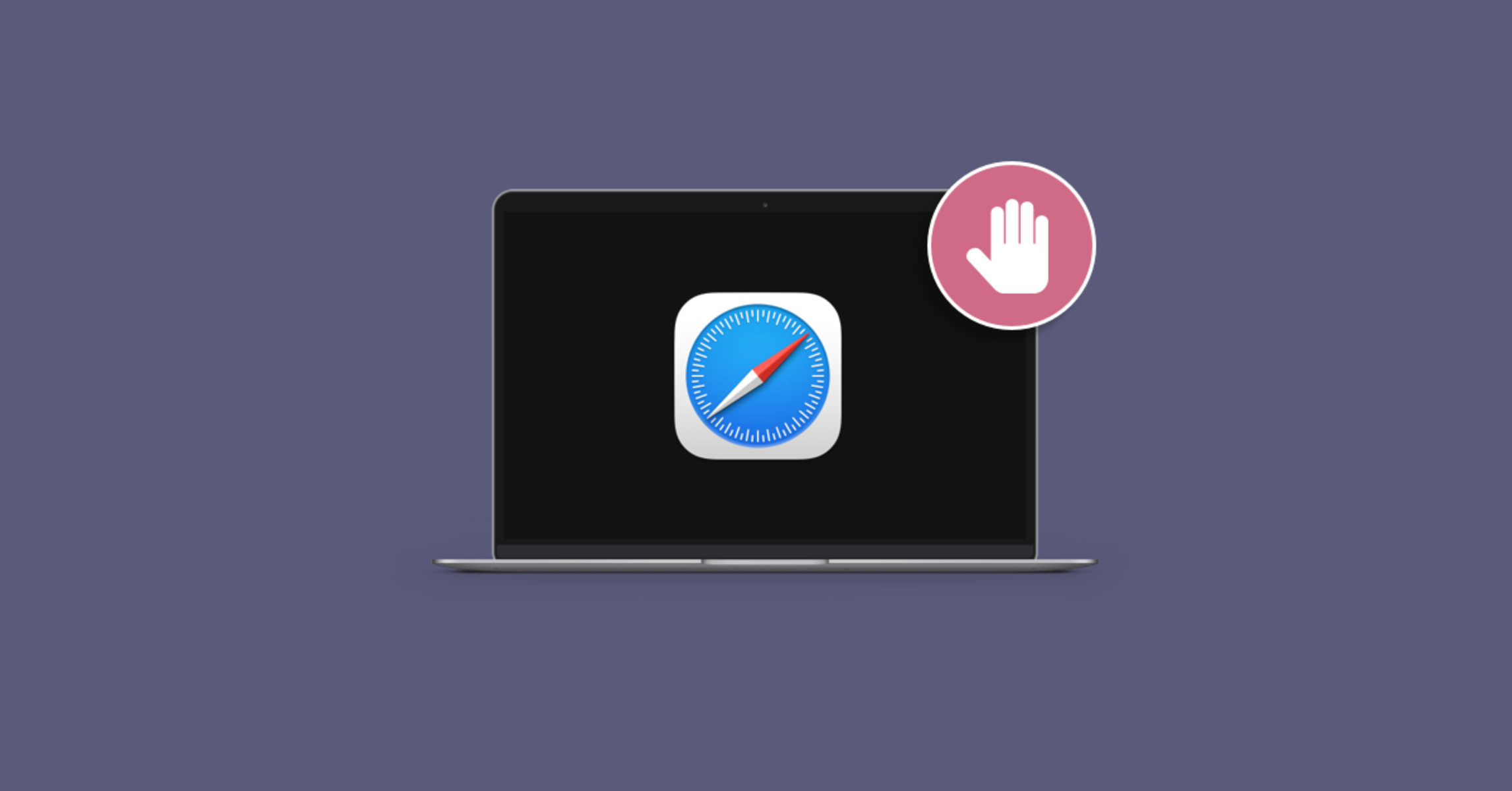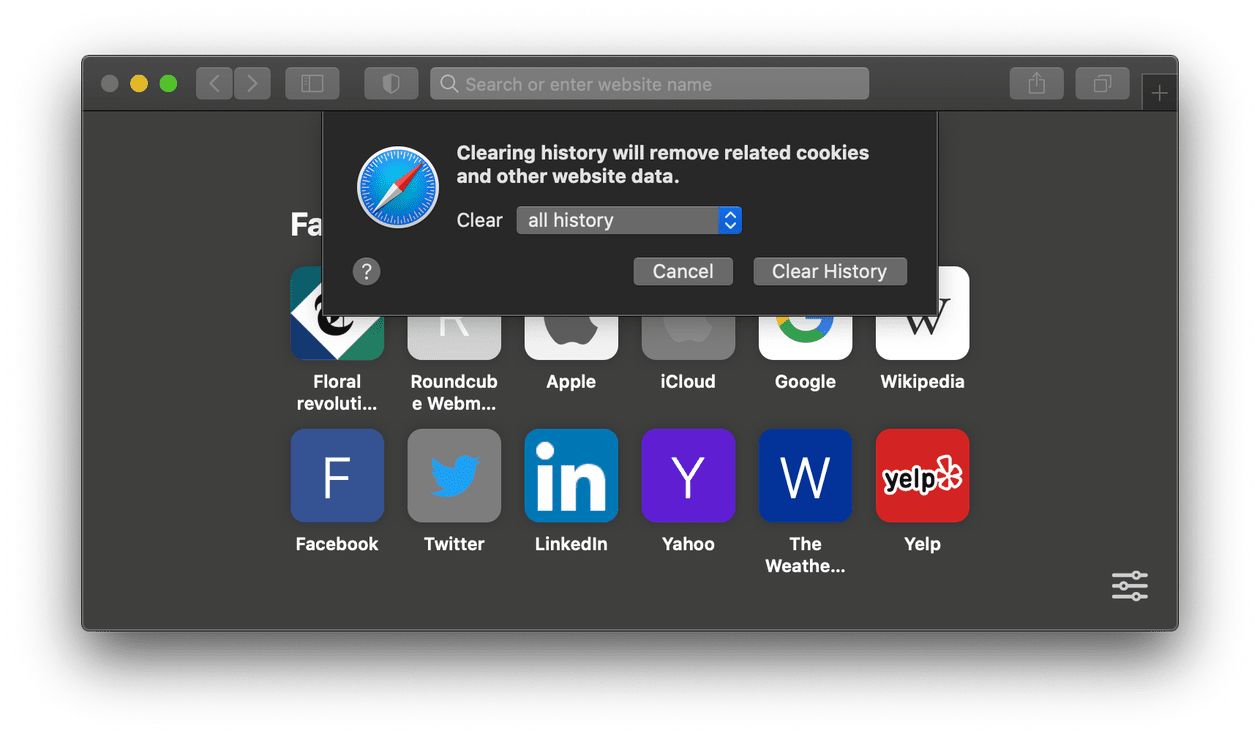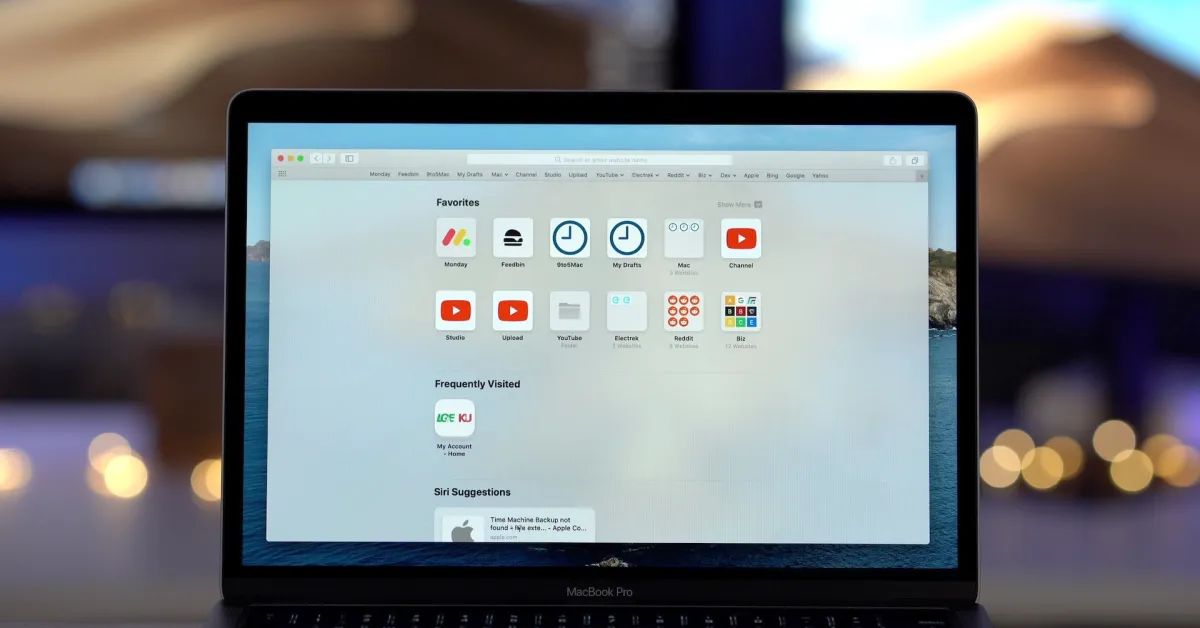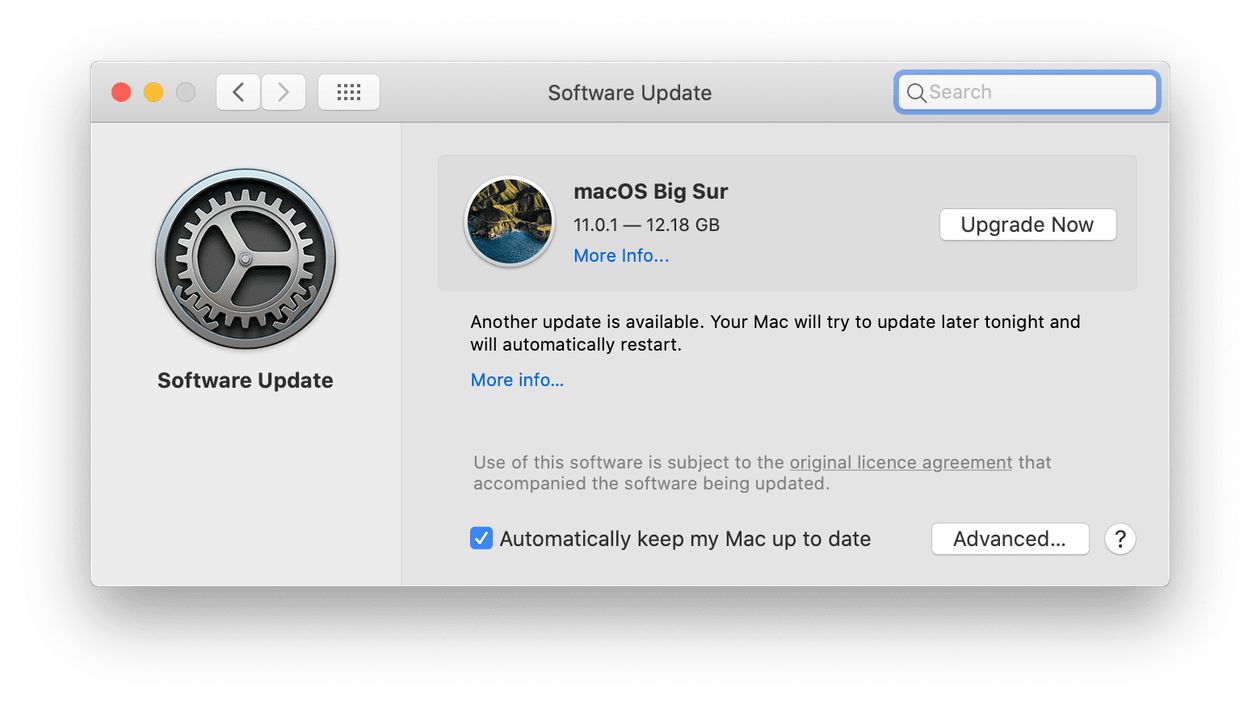Check for Updates
One of the most common reasons for Safari freezing on your Mac could be outdated software. Ensuring that both Safari and your operating system are up to date is crucial for optimal performance. Here's how you can check for updates and ensure that your browser and system are running the latest versions:
-
Update Safari: Launch the App Store on your Mac and click on the "Updates" tab. If there's a Safari update available, it will be listed here. Click on the "Update" button next to Safari to download and install the latest version. Keeping Safari updated not only provides you with the latest features and security enhancements but also addresses any known performance issues that may be causing the browser to freeze.
-
Update macOS: It's equally important to keep your macOS up to date. Apple regularly releases updates that include bug fixes and performance improvements, which can directly impact the stability of Safari. To check for macOS updates, click on the Apple menu in the top-left corner of your screen, select "System Preferences," and then click on "Software Update." If an update is available, follow the on-screen instructions to download and install it.
By regularly checking for and installing updates for both Safari and macOS, you can significantly reduce the likelihood of encountering freezing issues. This simple maintenance task can go a long way in ensuring a smooth and trouble-free browsing experience on your Mac.
Force Quit Safari
When Safari becomes unresponsive or freezes on your Mac, force quitting the browser is often the quickest way to regain control and resume normal browsing activities. Force quitting essentially involves stopping the application abruptly, bypassing the standard shutdown process. Here's how you can effectively force quit Safari on your Mac:
Using the Apple Menu
-
Click on the Apple logo in the top-left corner of your screen to access the Apple Menu.
-
Select "Force Quit" from the dropdown menu. This will open the Force Quit Applications window.
-
Locate Safari in the list of applications. You can identify it by its icon and name.
-
Select Safari to highlight it, and then click the "Force Quit" button in the bottom right corner of the window.
-
Confirm the action by clicking "Force Quit" in the dialog box that appears. This will immediately terminate the Safari process.
Using Keyboard Shortcuts
-
Press Command + Option + Escape on your keyboard. This will bring up the Force Quit Applications window.
-
Locate Safari in the list of applications and select it.
-
Click "Force Quit" to terminate the Safari process.
Force quitting Safari should only be done when the browser is unresponsive and traditional methods of closing it, such as clicking the red "close" button, are not effective. It's important to note that force quitting an application may result in any unsaved data being lost, so it's advisable to use this method as a last resort.
By force quitting Safari, you can swiftly address instances of freezing or unresponsiveness, allowing you to continue browsing without the need to restart your Mac. This approach can be particularly useful when you have multiple tabs or windows open in Safari and need to quickly resolve a freezing issue without disrupting other applications or processes running on your Mac.
Clear Safari Cache
Clearing the cache in Safari can often resolve performance issues and freezing problems. The cache is a temporary storage location where the browser saves website data such as images, scripts, and other elements to speed up the loading of web pages during subsequent visits. However, over time, this cache can become bloated or corrupted, leading to browser slowdowns and freezes. Clearing the cache can help alleviate these issues and improve the overall browsing experience. Here's how you can clear the cache in Safari on your Mac:
-
Open Safari Preferences: Launch Safari and click on "Safari" in the top menu bar. From the dropdown menu, select "Preferences."
-
Navigate to the Privacy Tab: In the Preferences window, click on the "Privacy" tab. This is where you can manage various privacy and website data settings.
-
Manage Website Data: Within the Privacy tab, you'll find the "Manage Website Data" button. Click on this to access the stored website data in Safari.
-
Remove All Website Data: To clear the cache, click on the "Remove All" button. This action will delete all stored website data, including cookies and cached files.
-
Confirm the Deletion: A confirmation dialog will appear, asking if you want to remove all website data. Click "Remove Now" to proceed with clearing the cache.
By following these steps, you can effectively clear the cache in Safari, potentially resolving freezing issues and improving the browser's performance. It's important to note that clearing the cache will log you out of websites and remove any stored preferences, so you may need to re-enter login credentials and customize settings on websites you visit frequently. However, the trade-off is a cleaner, more efficient browsing experience.
Regularly clearing the cache in Safari is a good practice to prevent the accumulation of unnecessary data that can impact browser performance. It's recommended to perform this maintenance task periodically, especially if you notice Safari freezing or exhibiting sluggish behavior. By keeping the cache clear, you can help ensure that Safari operates smoothly and efficiently, allowing you to enjoy a seamless browsing experience on your Mac.
Disable Safari Extensions
Safari extensions are add-on tools that enhance the functionality of the browser by offering features such as ad-blocking, password management, and productivity tools. While these extensions can be incredibly useful, they can also be a source of performance issues, including browser freezing. Disabling Safari extensions can help troubleshoot and resolve freezing problems, especially if a particular extension is causing conflicts or consuming excessive system resources. Here's how you can disable Safari extensions on your Mac:
-
Access Safari Preferences: Launch Safari and click on "Safari" in the top menu bar. From the dropdown menu, select "Preferences."
-
Navigate to the Extensions Tab: In the Preferences window, click on the "Extensions" tab. This is where you can manage and configure Safari extensions.
-
Disable Extensions: You'll see a list of installed extensions along with checkboxes next to each one. To disable an extension, simply uncheck the box next to its name. This action effectively deactivates the extension without uninstalling it.
-
Restart Safari: After disabling the extensions, it's recommended to restart Safari to apply the changes. Close the browser and relaunch it to see the impact of the disabled extensions on its performance.
By disabling Safari extensions, you can isolate any problematic extensions that may be contributing to browser freezing. If you notice that Safari operates more smoothly after disabling certain extensions, you can gradually re-enable them one by one to identify the specific extension causing the issue. This systematic approach allows you to pinpoint the culprit and take appropriate action, whether it involves updating the extension, seeking an alternative, or removing it entirely.
Regularly reviewing and managing Safari extensions is essential for maintaining a stable and efficient browsing experience. As new extensions are added and existing ones receive updates, it's important to assess their impact on browser performance. By selectively enabling and disabling extensions based on their utility and impact on Safari's stability, you can tailor the browsing environment to suit your needs while minimizing the risk of freezing or slowdowns.
In addition to troubleshooting freezing issues, disabling unnecessary or resource-intensive extensions can also contribute to improved overall system performance. By reducing the strain on system resources, such as memory and CPU usage, you can create a more responsive and reliable browsing environment. This proactive approach to managing Safari extensions not only addresses immediate freezing concerns but also promotes a streamlined and optimized browsing experience on your Mac.
Restart Your Mac
When all else fails and Safari continues to exhibit freezing behavior on your Mac, performing a system restart can often serve as the ultimate solution. Restarting your Mac can effectively clear temporary system files, reset various processes, and address underlying issues that may be contributing to Safari's unresponsiveness. Here's how you can safely restart your Mac to resolve freezing problems with Safari:
Graceful Restart
- Close Applications: Before initiating the restart, it's advisable to close all open applications, including Safari, to ensure that any unsaved data is properly handled.
- Click on the Apple Menu: Located in the top-left corner of your screen, click on the Apple logo to access the dropdown menu.
- Select "Restart": From the menu options, choose "Restart" to initiate the graceful shutdown and reboot process.
Forced Restart
In some instances, when the system is unresponsive or Safari's freezing severely impacts the overall functionality of your Mac, a forced restart may be necessary. Here's how you can perform a forced restart:
- Press and Hold the Power Button: Locate the power button on your Mac and press and hold it for a few seconds until the screen goes dark and the system powers off.
- Wait for a Few Seconds: After the Mac has powered off, wait for a few seconds before pressing the power button again to turn it back on.
The Benefits of Restarting
Restarting your Mac not only resolves immediate freezing issues with Safari but also provides several additional benefits. It allows the operating system to clear out temporary files, refresh system processes, and reset various components, which can contribute to improved overall performance. Additionally, a restart can help address underlying software conflicts or resource allocation issues that may be impacting Safari's stability.
Regular Maintenance
Incorporating regular system restarts into your routine maintenance practices can help prevent and alleviate freezing problems with Safari and other applications. By periodically restarting your Mac, you can ensure that system resources are efficiently managed, temporary glitches are resolved, and the overall stability of the operating system is maintained.
By following these steps and understanding the importance of restarting your Mac, you can effectively address freezing issues with Safari and maintain a smooth and reliable browsing experience on your Mac. Whether it's a graceful restart to address minor performance issues or a forced restart to tackle more severe freezing problems, restarting your Mac serves as a fundamental troubleshooting step that can significantly contribute to the overall health and stability of your system.

























